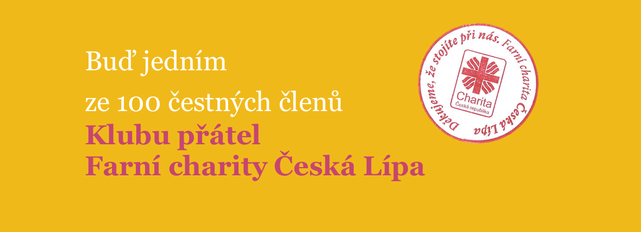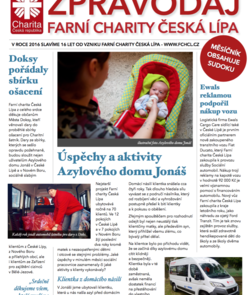About food - Kate Klimenko
Today I want to tell you the difference in the traditional cuisine of the Czech Republic and Russia. When I came to the Czech Republic, I realized that they different in many aspects.
Let's look at the main meals of the those countries.
Czech cuisine is considered heavy and very filling, with meals centered on meats and starches. Traditional Czech food is not dietary, however it perfectly goes with the Czech beer. It mostly consists of pork or beef meat with sauce and a side dish, the most common and liked being dumplings (Knedliky). Czech people really love Svičková, a somehow interesting combination of meat with sauce and whipped cream. Chicken, duck, turkey, fish, rabbit and lamb are also used in some very tasteful Czech dishes. My favorite Czech classical meal - Smažený Sýr (fried cheese).
Russian food is delicious yet quite rich too. It is typically hearty, with potatoes, bread, pastry and sour cream featuring as common ingredients. Russian food has changed a lot in the last century. The Russian cuisine has been influenced by dishes of other counties. The old Russian cuisine was greatly influenced by Christian orthodox traditions: most days of the year were fasting, so most Russian dishes were made of vegetables, mushrooms, fish and various grains. One of the most famous soups is Borsch - beet and cabbage red soup served with or without meat, potato, herbs (usually dill) and a dollop of smetana. Accompanied with a piece of rye bread. Other common Russian soups to try are ukha, a seasoned fish and vegetable broth, and schi, a cabbage-based broth. Russian pancakes - Blini - typically made with buckwheat for savoury fillings or white flour for sweet toppings. And accompaniments of smoked salmon, creamy mushrooms, sour cream, jams. Another Russian pancake is the cottage cheese version called Syrniki.
Russian dumplings (Pelmeni) are really different from Czech ones - the tasty herbs added to the packed meat fillings of lamb, pork or beef and the thinness of the dough. Another kind of dumpling are Varenniki but they're usually stuffed with mashed potatoes, cabbage, meat, hard-boiled eggs or different fruits (cherry or plump). Russia's mini pies (pirozhki) use similar fillings and herbs to dumplings, except they are encased in pastry and either pan-fried or oven-baked. Besides the typical meat or salmon fillings, however, you also get the additional choice of cabbage, potato, egg, cheese and even sweet fillings.
Czech and Russian cuisine is very different as you see!
Today I want to tell you the difference in the traditional cuisine of the Czech Republic and Russia. When I came to the Czech Republic, I realized that they different in many aspects.
Let's look at the main meals of the those countries.
Czech cuisine is considered heavy and very filling, with meals centered on meats and starches. Traditional Czech food is not dietary, however it perfectly goes with the Czech beer. It mostly consists of pork or beef meat with sauce and a side dish, the most common and liked being dumplings (Knedliky). Czech people really love Svičková, a somehow interesting combination of meat with sauce and whipped cream. Chicken, duck, turkey, fish, rabbit and lamb are also used in some very tasteful Czech dishes. My favorite Czech classical meal - Smažený Sýr (fried cheese).
Russian food is delicious yet quite rich too. It is typically hearty, with potatoes, bread, pastry and sour cream featuring as common ingredients. Russian food has changed a lot in the last century. The Russian cuisine has been influenced by dishes of other counties. The old Russian cuisine was greatly influenced by Christian orthodox traditions: most days of the year were fasting, so most Russian dishes were made of vegetables, mushrooms, fish and various grains. One of the most famous soups is Borsch - beet and cabbage red soup served with or without meat, potato, herbs (usually dill) and a dollop of smetana. Accompanied with a piece of rye bread. Other common Russian soups to try are ukha, a seasoned fish and vegetable broth, and schi, a cabbage-based broth. Russian pancakes - Blini - typically made with buckwheat for savoury fillings or white flour for sweet toppings. And accompaniments of smoked salmon, creamy mushrooms, sour cream, jams. Another Russian pancake is the cottage cheese version called Syrniki.
Russian dumplings (Pelmeni) are really different from Czech ones - the tasty herbs added to the packed meat fillings of lamb, pork or beef and the thinness of the dough. Another kind of dumpling are Varenniki but they're usually stuffed with mashed potatoes, cabbage, meat, hard-boiled eggs or different fruits (cherry or plump). Russia's mini pies (pirozhki) use similar fillings and herbs to dumplings, except they are encased in pastry and either pan-fried or oven-baked. Besides the typical meat or salmon fillings, however, you also get the additional choice of cabbage, potato, egg, cheese and even sweet fillings.
Czech and Russian cuisine is very different as you see!






